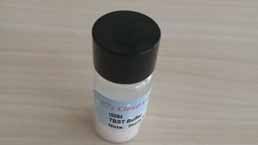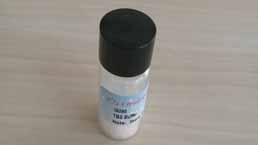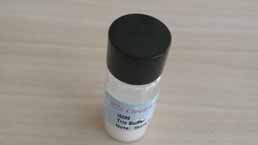Polyclonal Antibody to Glucagon Like Peptide 2 (GLP2) 

Overview
Properties
- Product No.PAD059Hu01
- Organism SpeciesHomo sapiens (Human) Same name, Different species.
- ApplicationsTesting in progress
If the antibody is used in flow cytometry, please check FCM antibodies.
Research use only - DownloadInstruction Manual
- Category
- SourcePolyclonal antibody preparation, Host Rabbit
- Ig Type IgG, Potency n/a
- PurificationAntigen-specific affinity chromatography followed by Protein A affinity chromatography
- LabelNone
- Immunogen CPD059Hu21-OVA Conjugated Glucagon Like Peptide 2 (GLP2)
- Buffer FormulationPBS, pH7.4, containing 0.02% NaN3, 50% glycerol.
- TraitsLiquid, Concentration 0.49mg/mL
Sign into your account
Share a new citation as an author
Upload your experimental result
Review

Contact us
Please fill in the blank.
Specifity
The antibody is a rabbit polyclonal antibody raised against GLP2. It has been selected for its ability to recognize GLP2 in immunohistochemical staining and western blotting.
Usage
Testing in progress
Storage
Store at 4°C for frequent use. Stored at -20°C in a manual defrost freezer for two year without detectable loss of activity. Avoid repeated freeze-thaw cycles.
Stability
The thermal stability is described by the loss rate. The loss rate was determined by accelerated thermal degradation test, that is, incubate the protein at 37°C for 48h, and no obvious degradation and precipitation were observed. The loss rate is less than 5% within the expiration date under appropriate storage condition.
Giveaways
Increment services
Citations
- Improvement in glucose tolerance and insulin sensitivity by probiotic strains of Indian gut originin high-fat diet-fed C57BL/6J mice.pubmed:27757592
- Promising Biomarkers of Environmental Enteric Dysfunction: A Prospective Cohort study in Pakistani ChildrenPubmed:29445110
- Novel GPR120 agonist TUG891 modulates fat taste perception and preference and activates tongue-brain-gut axis in micePubmed: 31806728
- Mucosal Genomics Implicate Lymphocyte Activation and Lipid Metabolism in Refractory Environmental Enteric Dysfunction33524399













